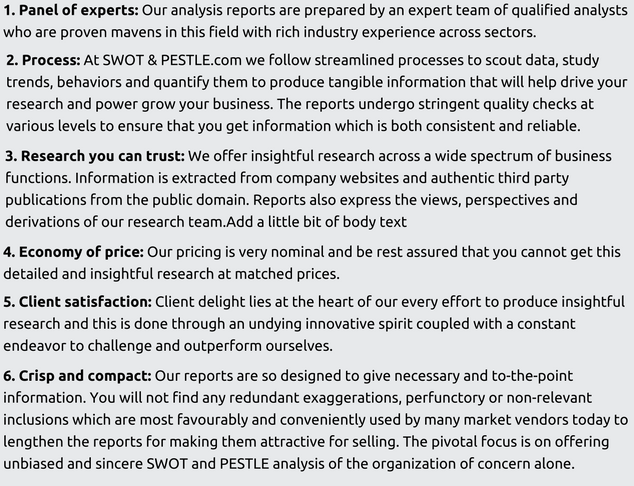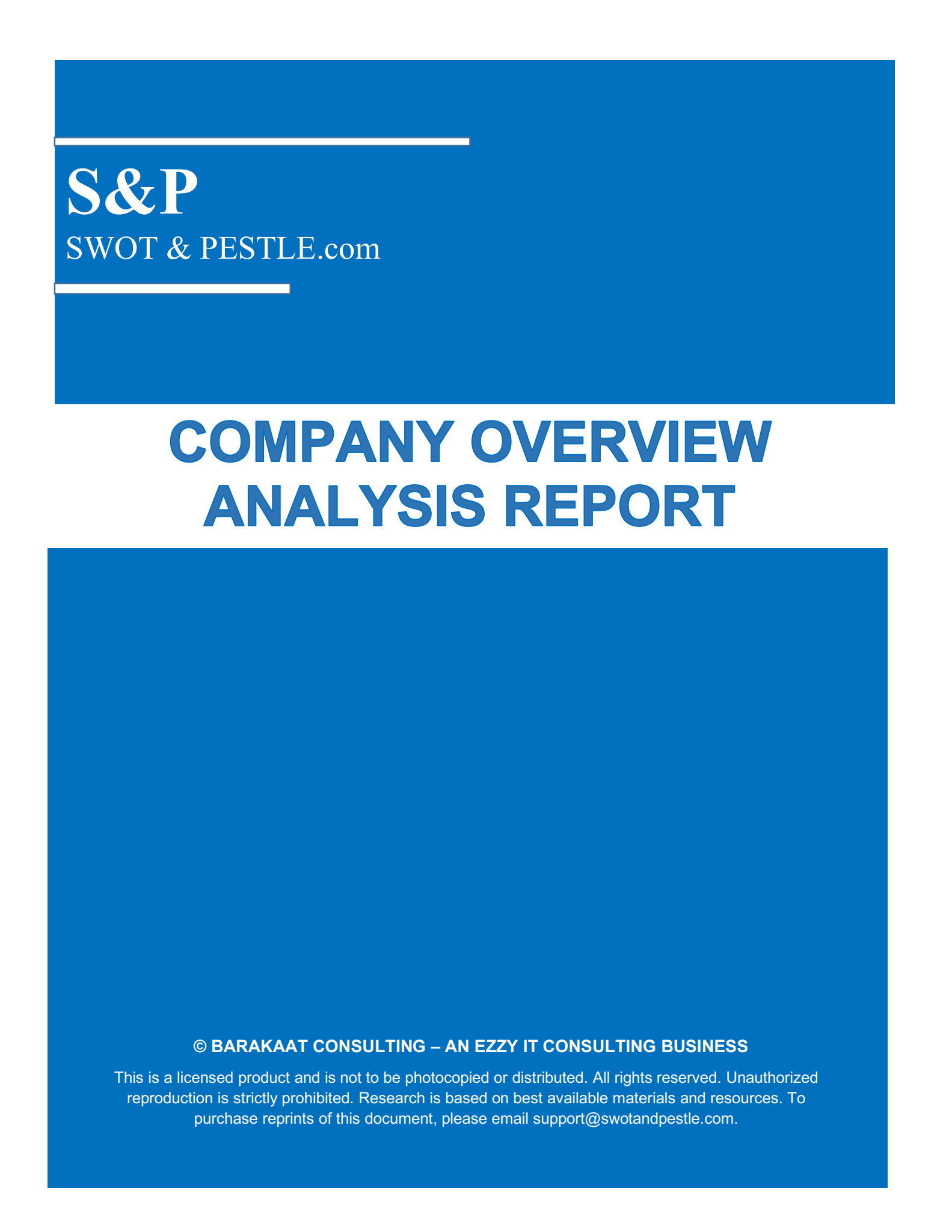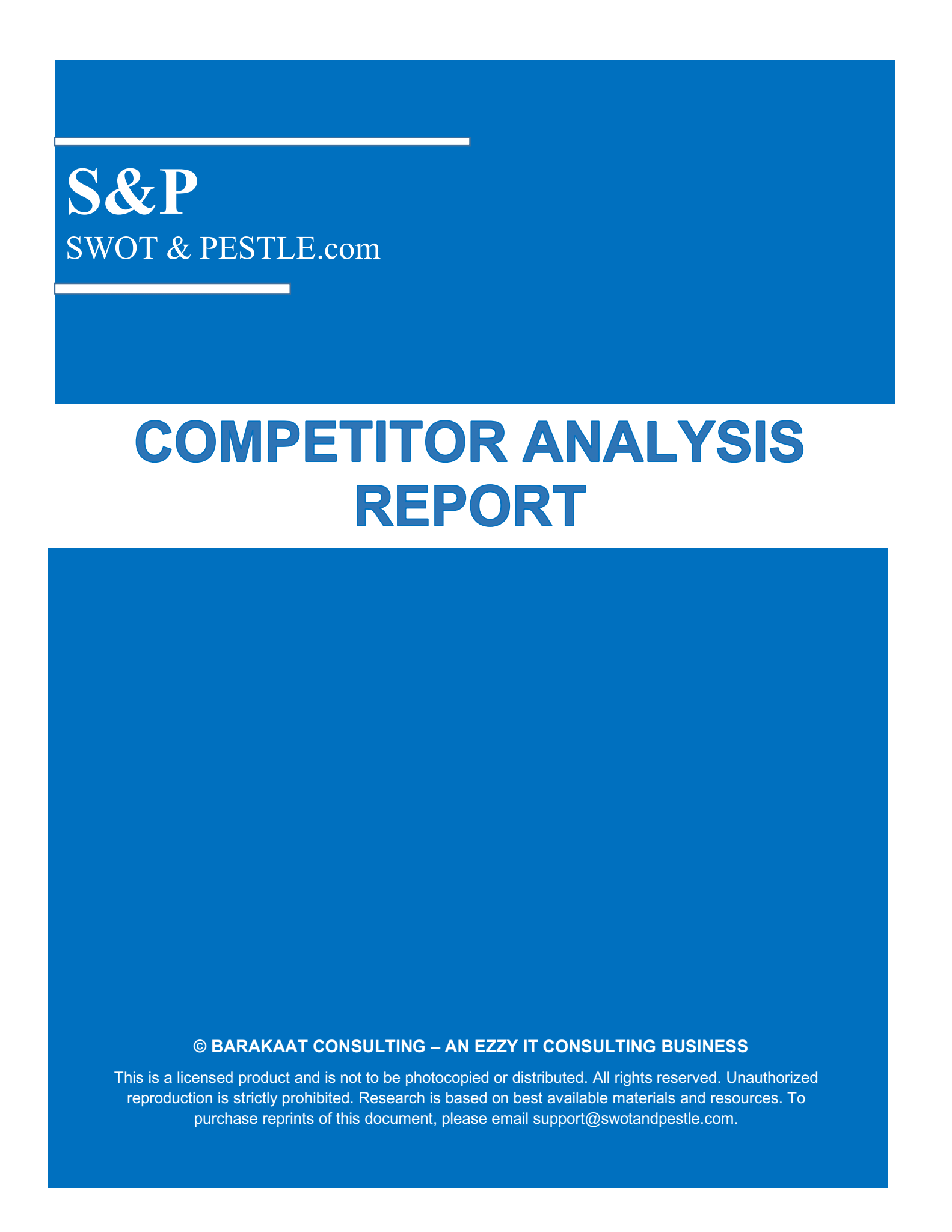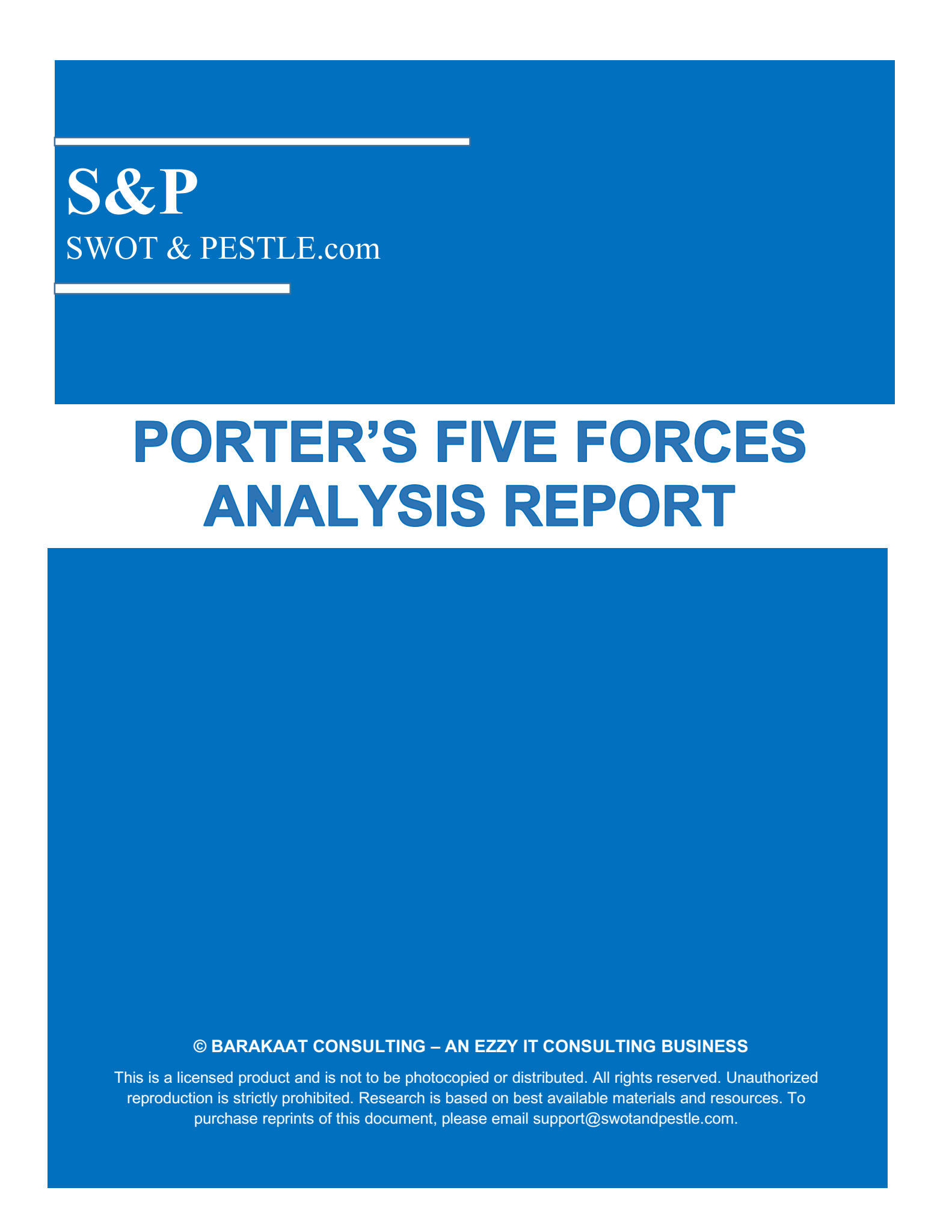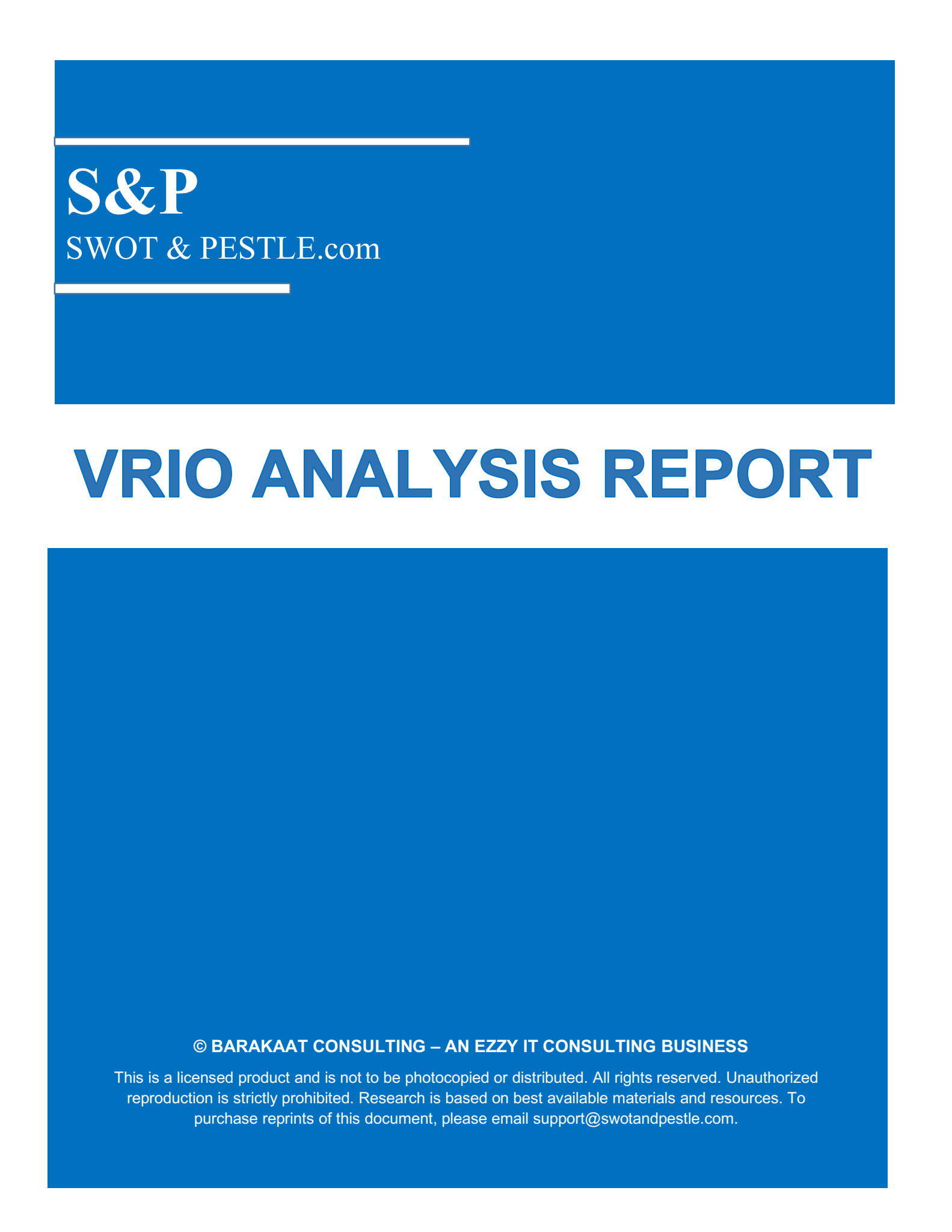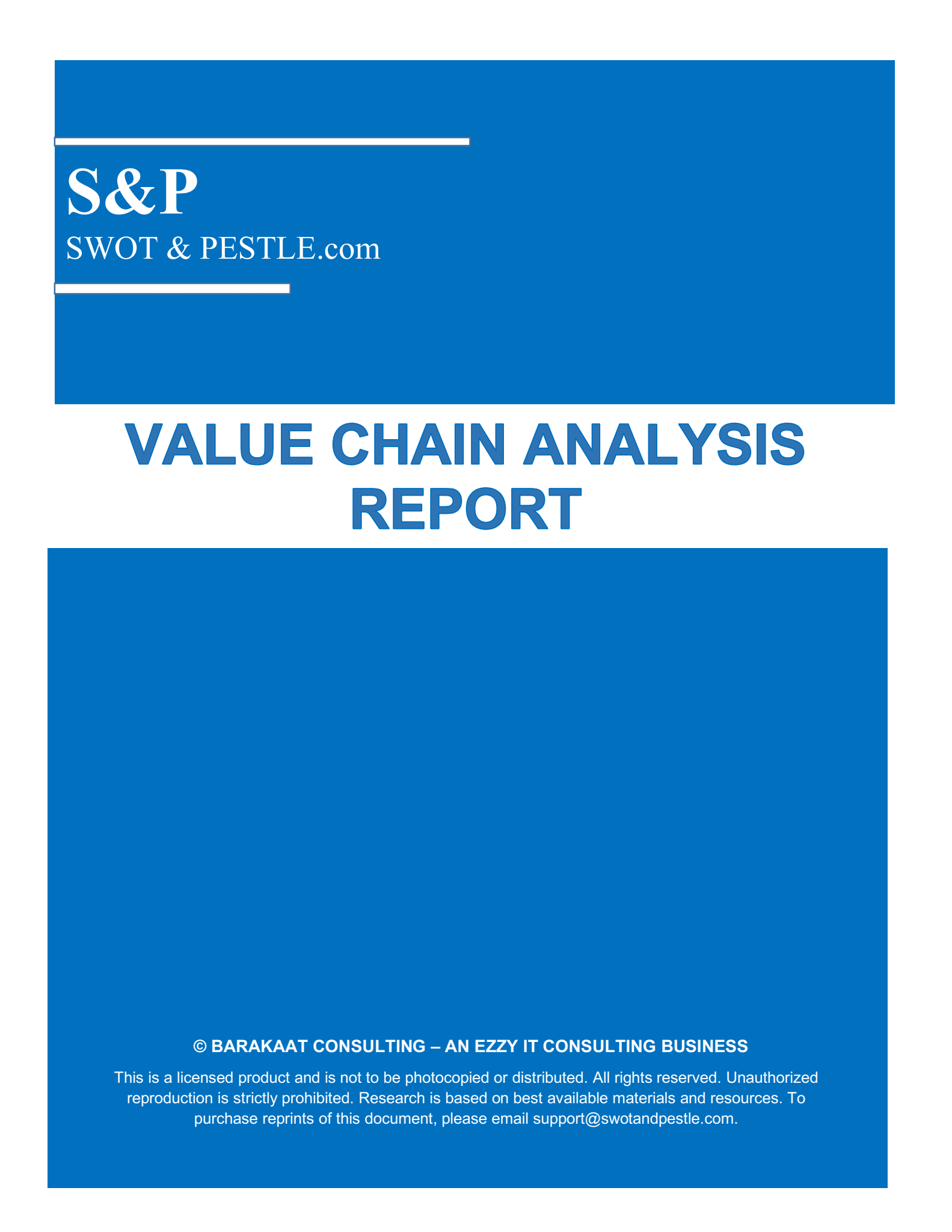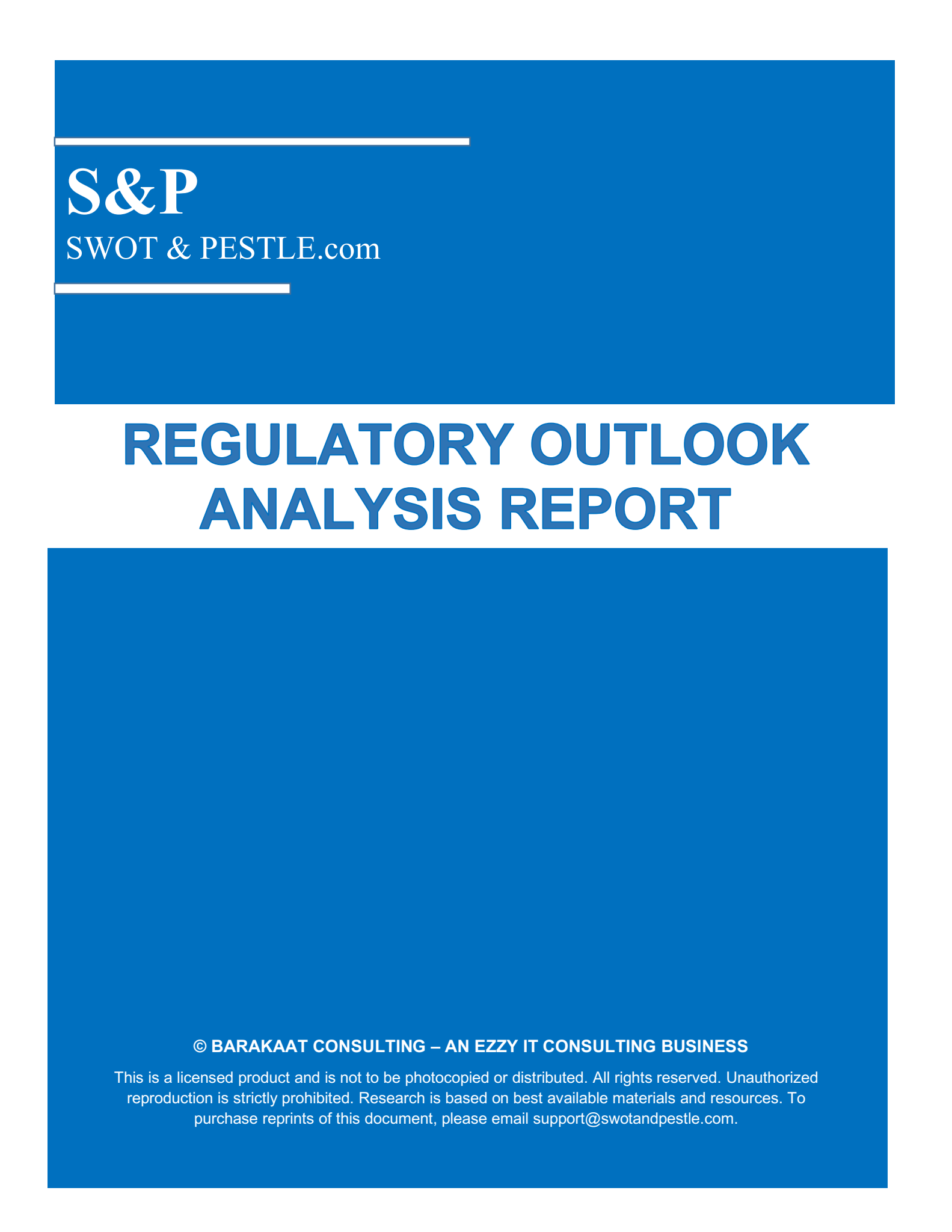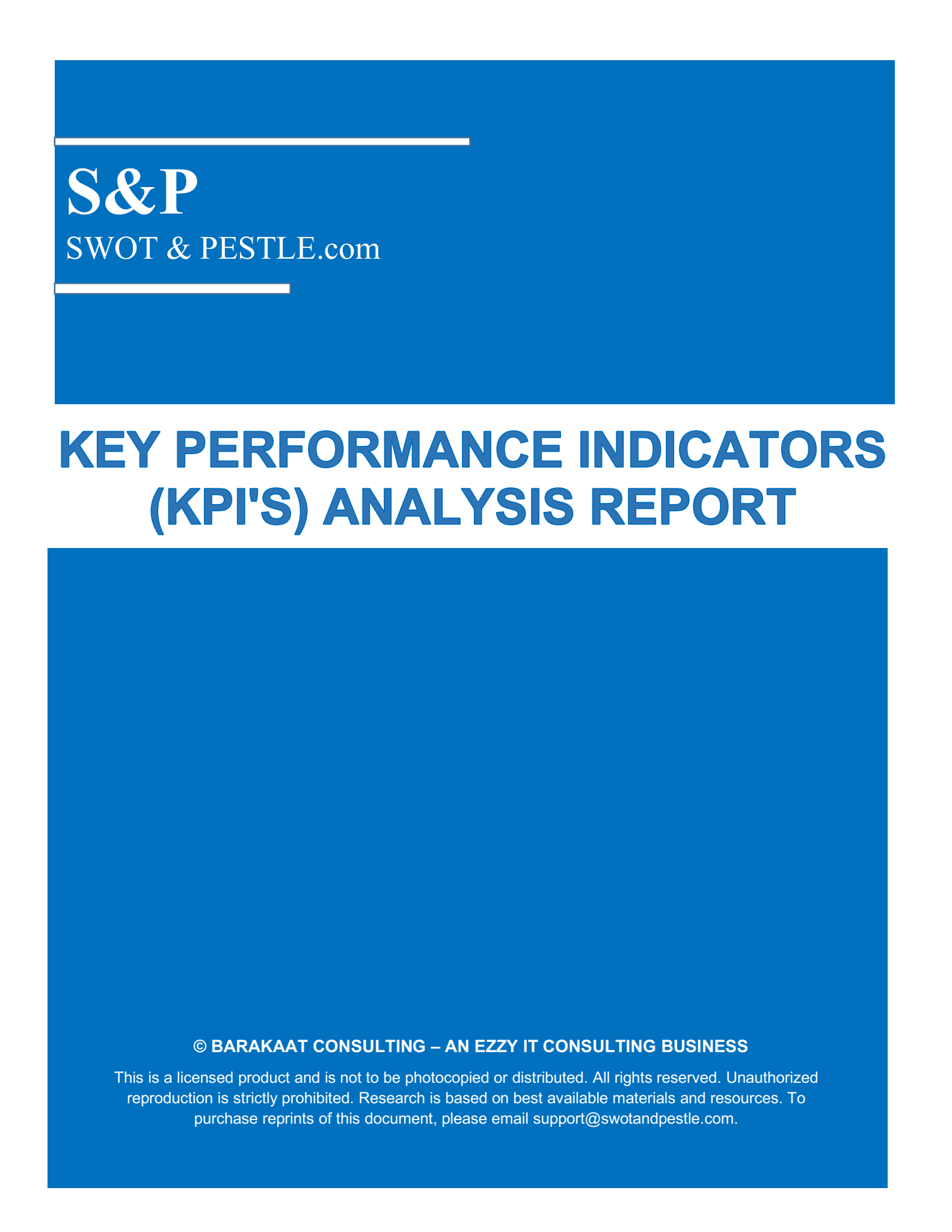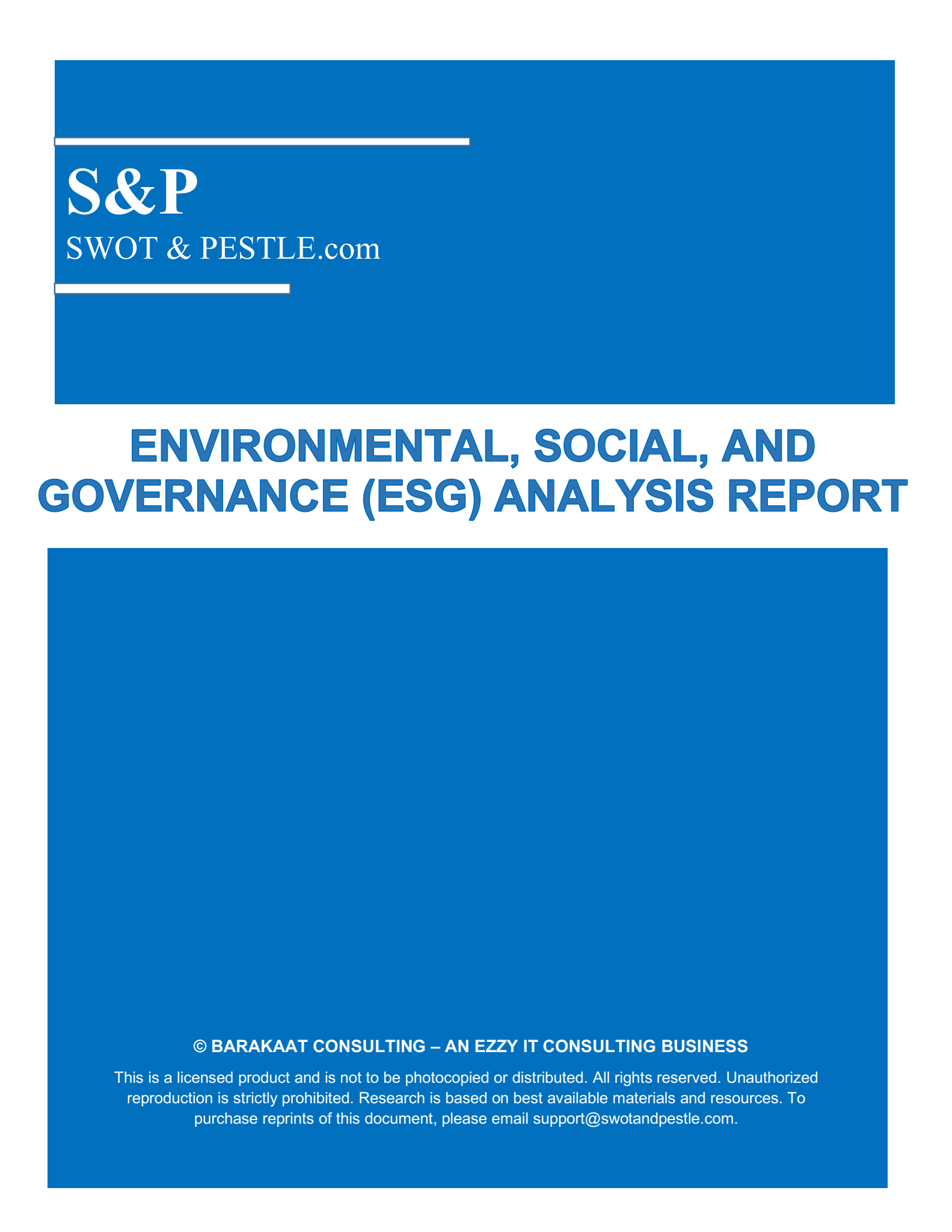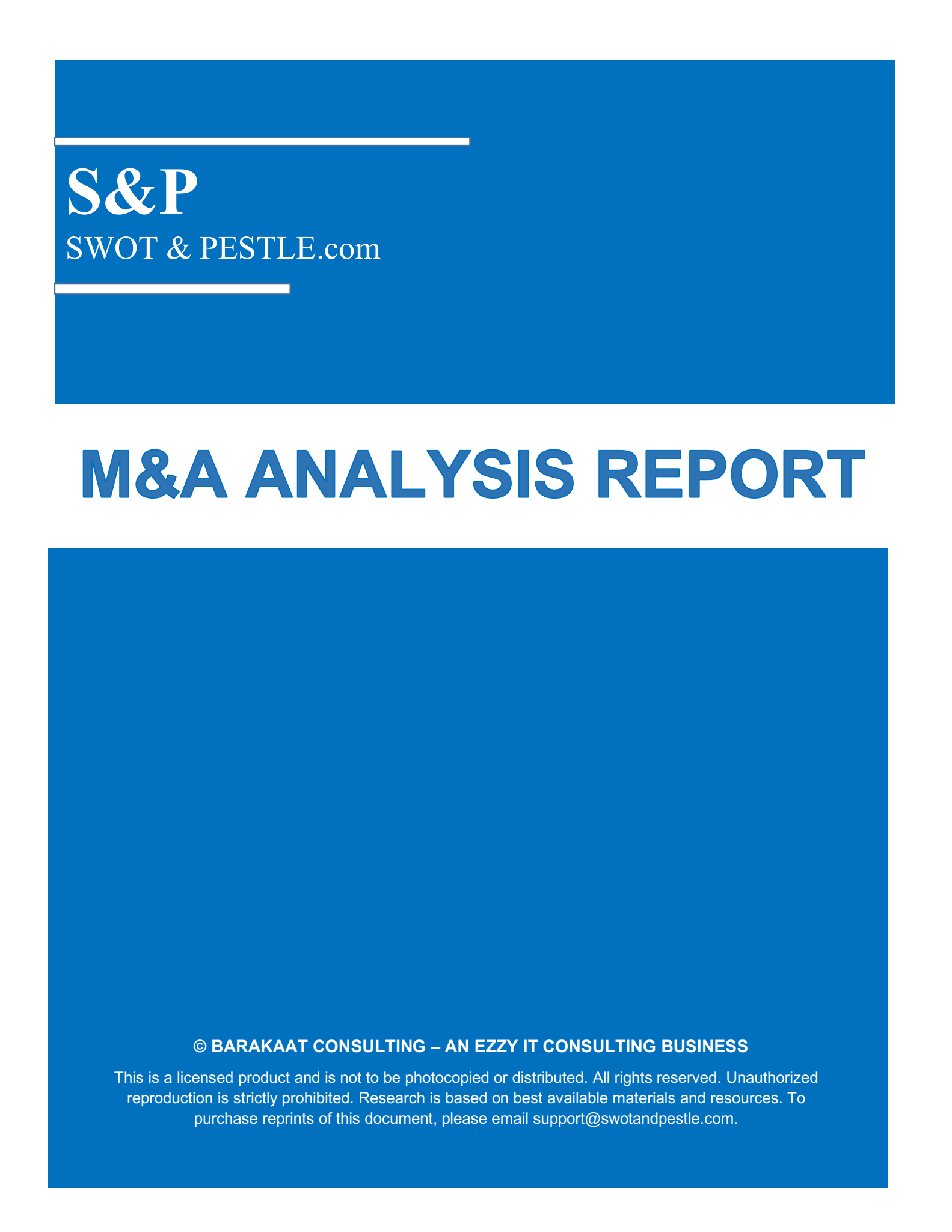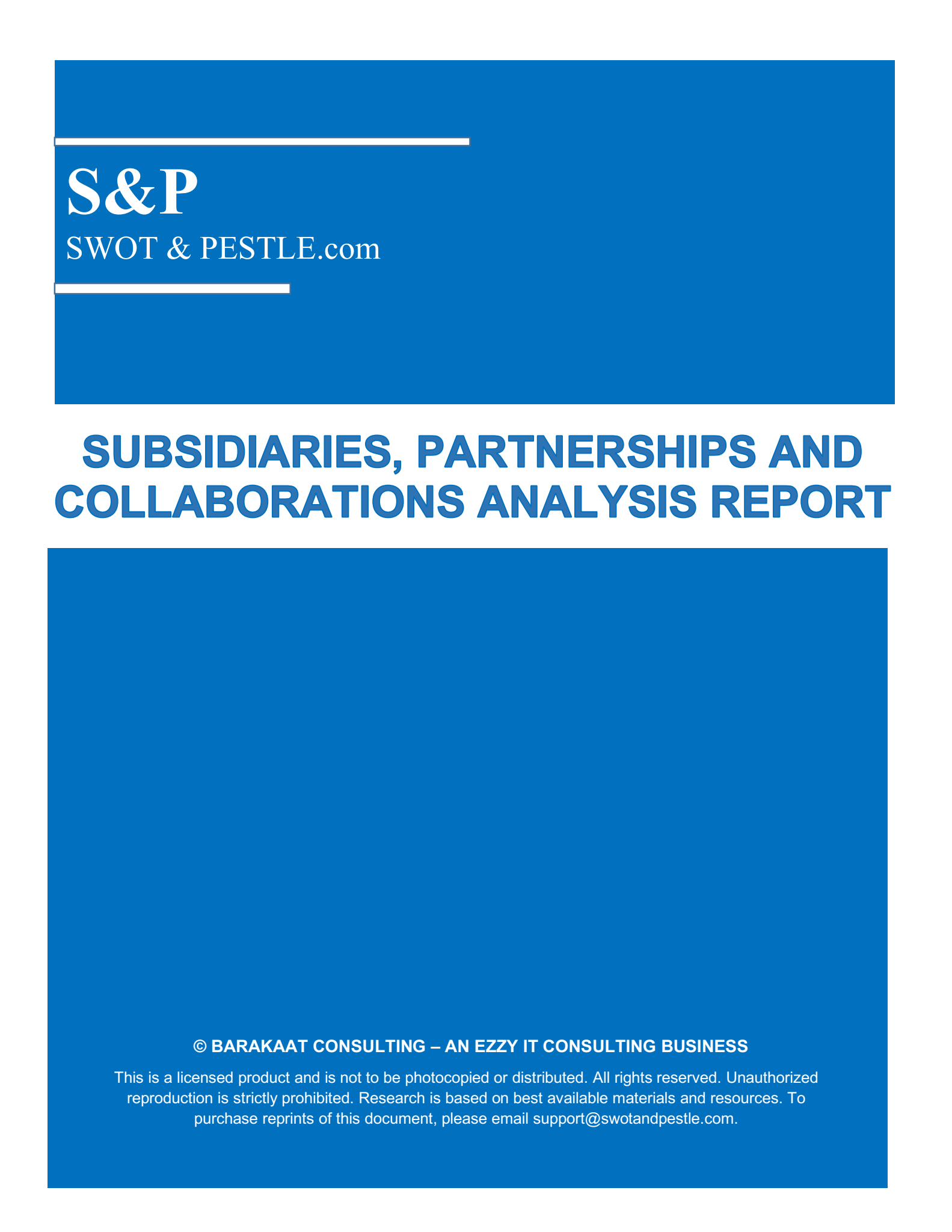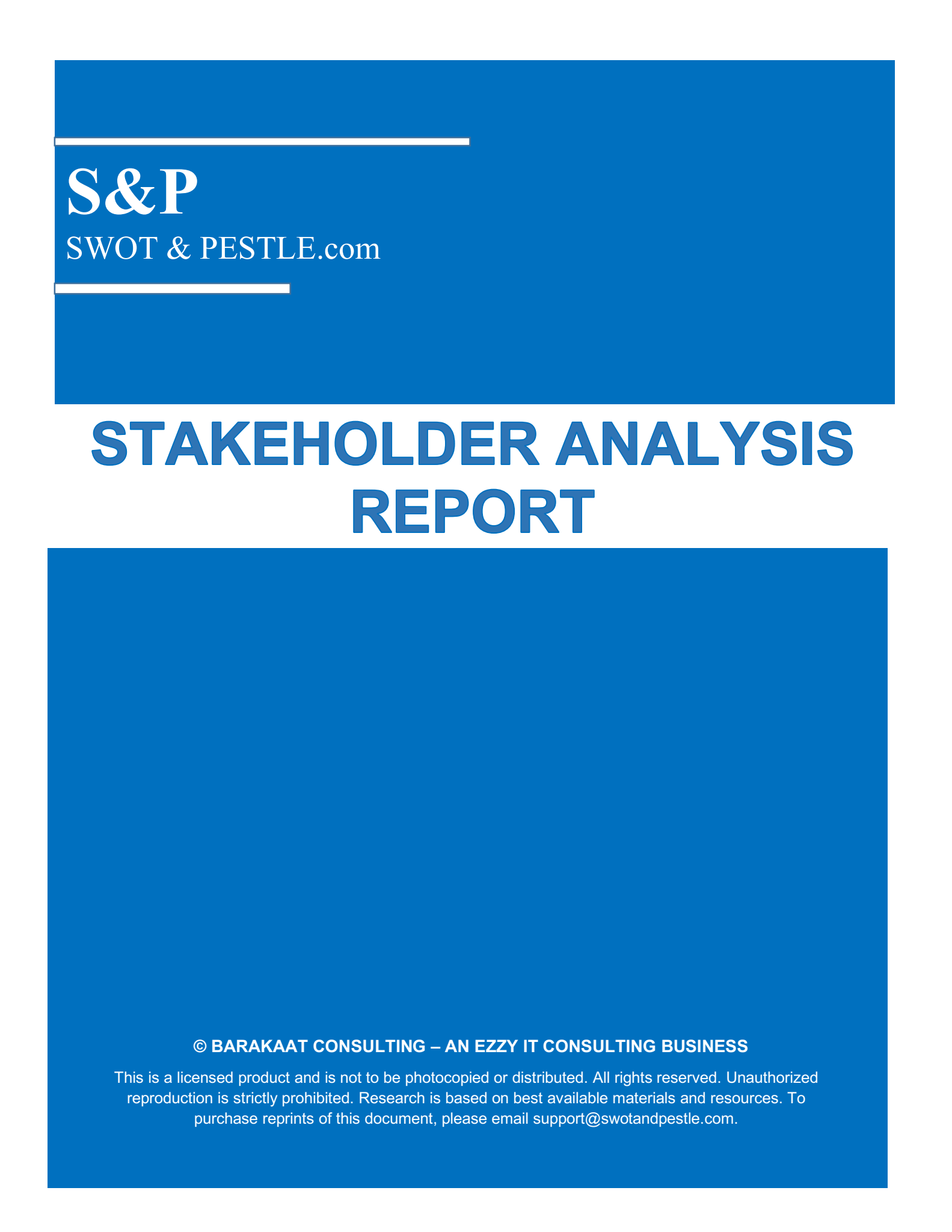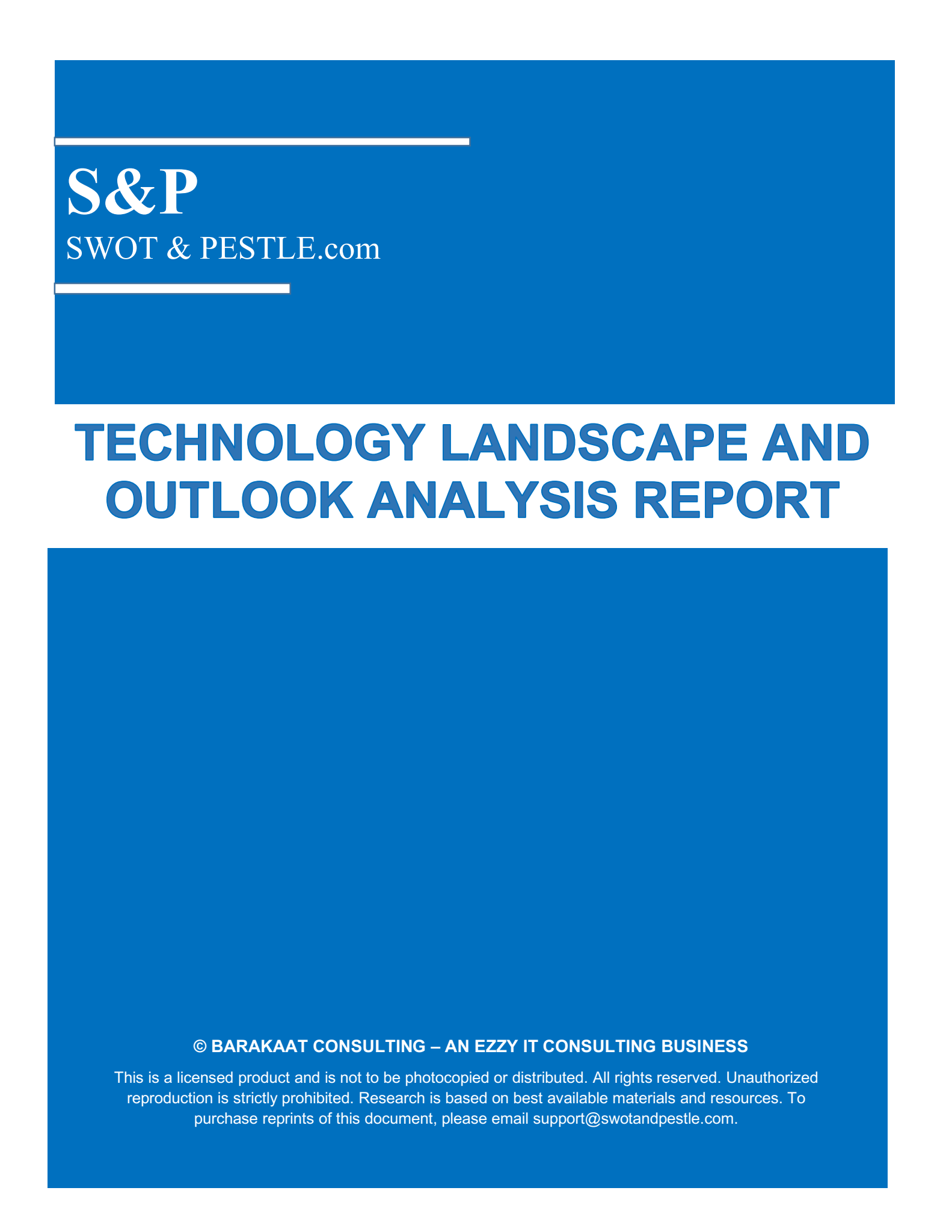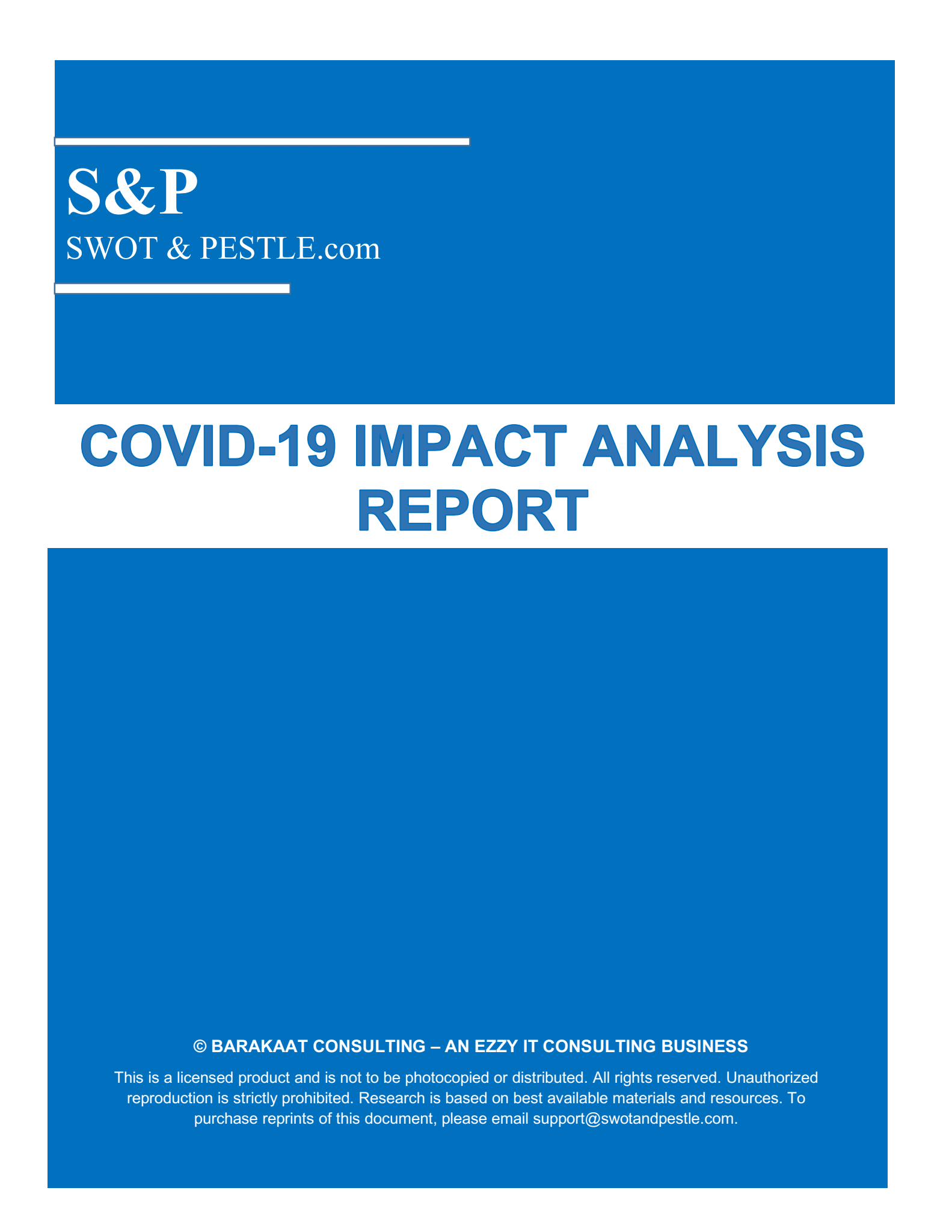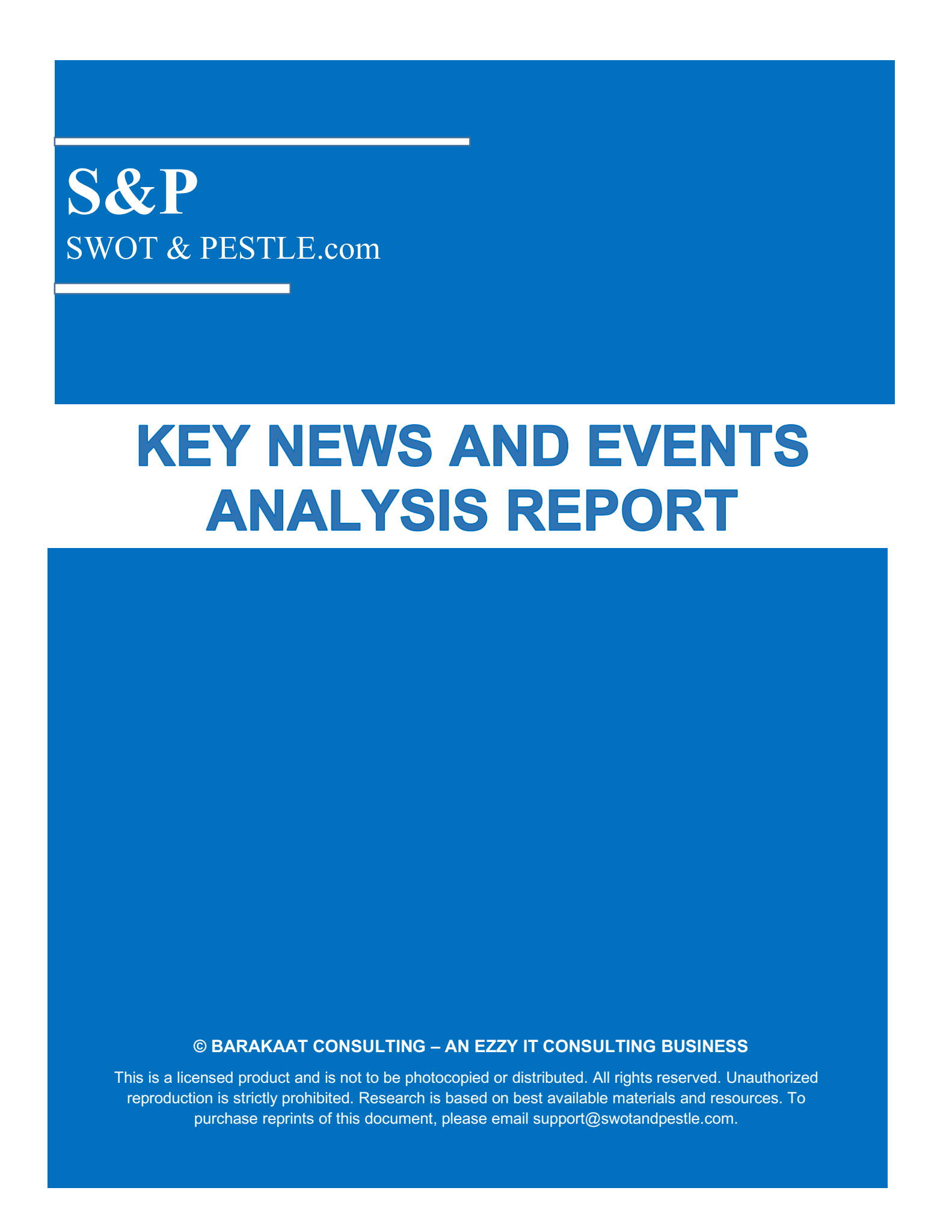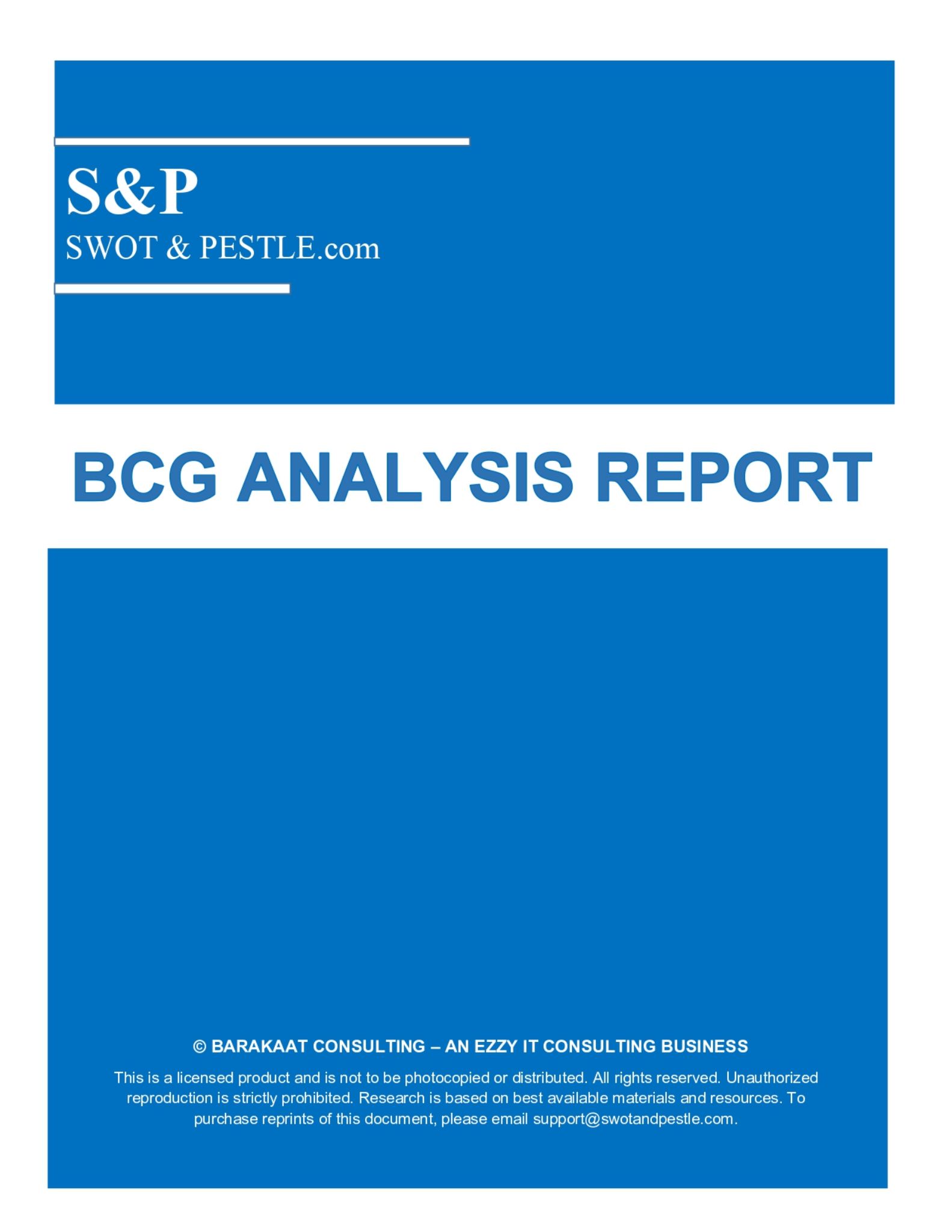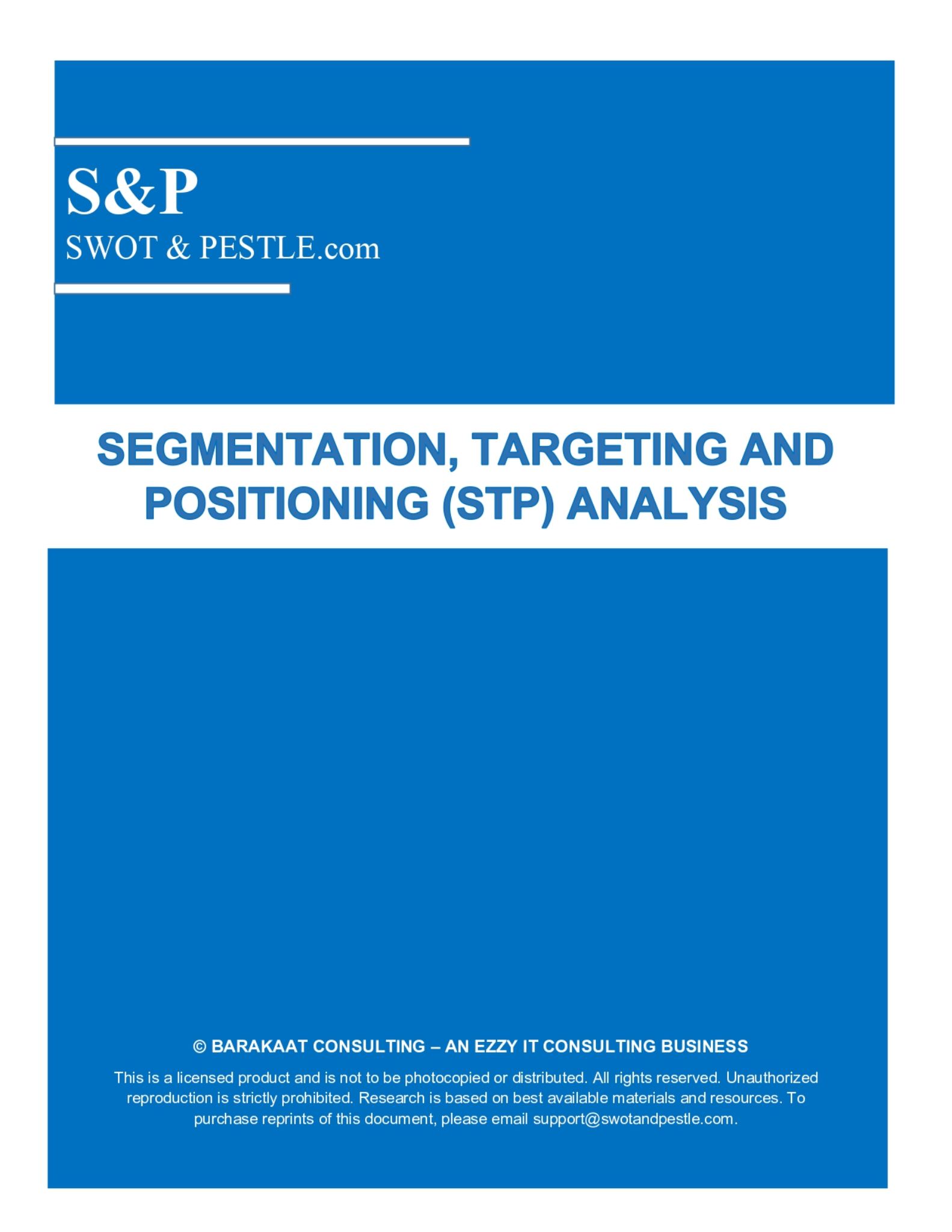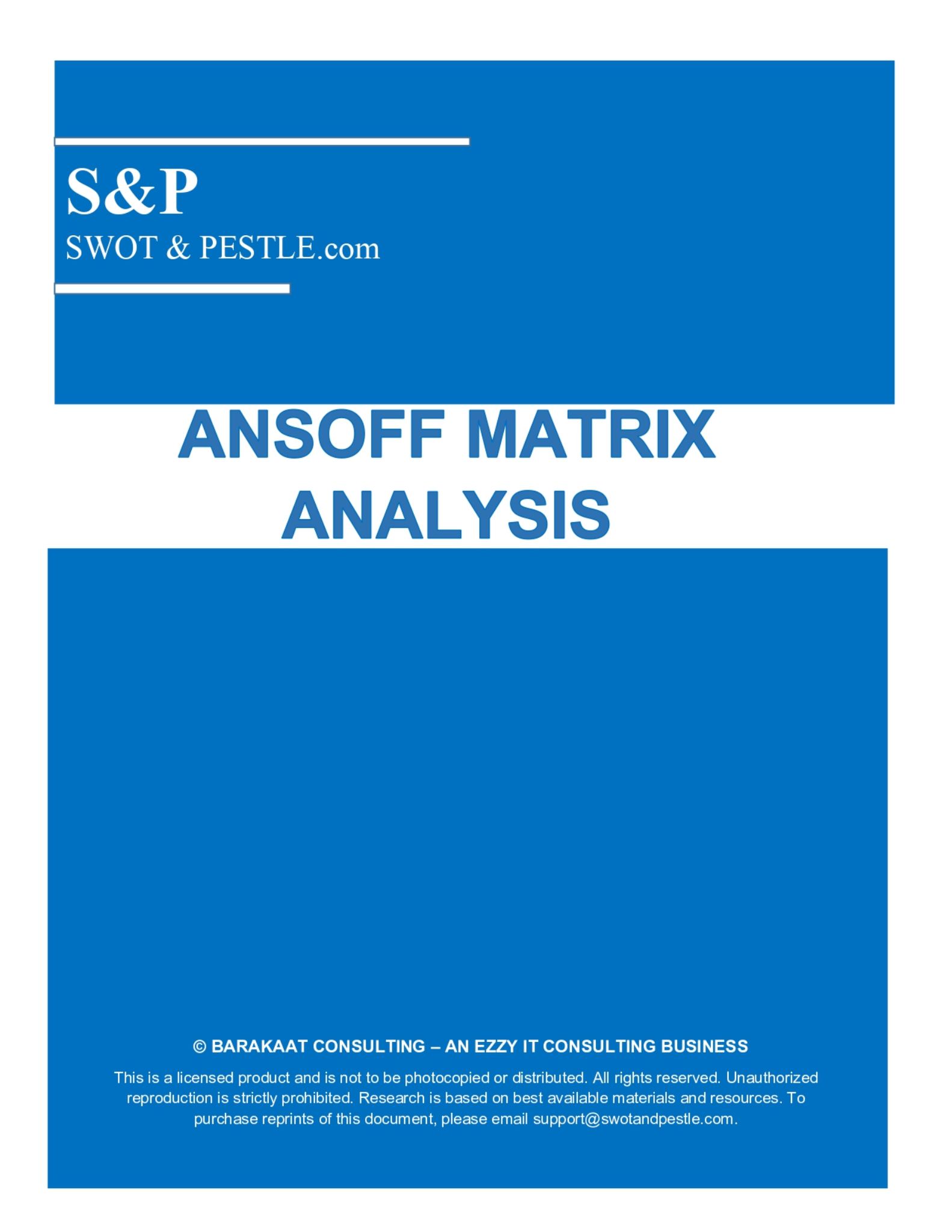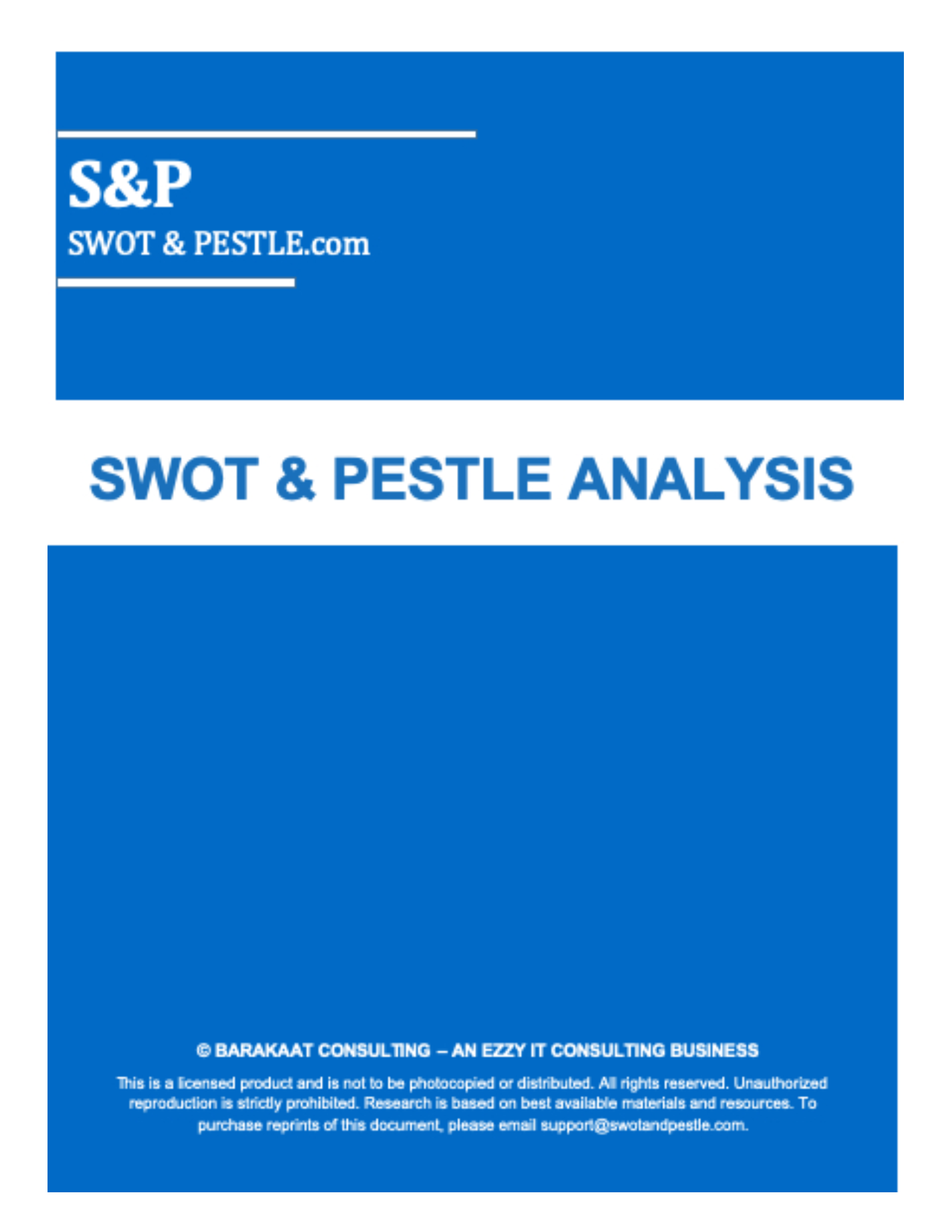COMPANY PROFILE -Sasol
Business Sector :Energy and Chemicals
Operating Geography :South Africa, Africa, Global
About Sasol :
Sasol is an energy and chemical producer headquartered in Johannesburg, South Africa. It is South Africa’s largest liquid fuels producer as well as its largest manufacturer of chemical products. Founded in 1950, Sasol was set up using public funds from the South African Industrial Development Corporation. The firm initially operated factories built by the Germans in WWII to provide fuel for its military forces in Africa.
In 1970, Sasol was partly privatized in order to raise capital for a third plant. In the early 2000s Sasol began international operations. It was listed on the New York Stock Exchange in 2003 which was followed by investments into facilities in Qatar and a joint venture in Malaysia. Sasol also began pursuing exploration in Canada and the United States. Sasol’s Lake Charles Chemical Plant (LCCP) based out of Louisiana is its largest foreign investment. The plant was supposed to be operational in the first quarter of 2019, however it is currently facing prolonged delays and cost overruns, driving up costs and pushing forward its initiation.
In 1996 South African operations accounted for about 77% of Sasol’s revenue which fell to 46% in 2014 with the advent of international operations. However, operations in South Africa still contribute the majority of the firm’s profits. Sasol has a very diverse product portfolio ranging from fuel for vehicles and aviation, energy for households and businesses, natural gas, high value chemicals and petrochemical by-products such as wax and surfactants. Its value chain is vertically integrated to a large extent as Sasol has captive coal and natural gas mines and oxygen production units supplying critical raw materials at low cost of procurement. The firm also purchases crude oil, paraffin, ethylene from the global market as feedstock for its production processes. Sasol has over 31,000 employees globally as of 2020.
Sasol’s vision as per the company website is “To be a leading integrated global chemical and energy company, proudly rooted in our South African heritage, delivering superior value to our stakeholders”.
Sasol Revenue :
Rand 203.57 billion – FY ended 30th June 2019
Rand 181.46 billion – FY ended 30th June 2018
Rand 172.40 billion – FY ended 30th June 2017
Competitive Analysis of Sasol
The SWOT analysis of Sasol is presented below:
| Strengths | Weaknesses |
1. Global integrated chemicals and energy
2. Environmentally sustainable value creation
3. World’s largest oxygen production plant and in-house oxygen supply
4. Winning mining rights till 2050
5. Completely integrated value chain
| 1. Steeply Rising Debts
2. Asset Impairment
3. Production interruptions impacting output
4. Low credit rating with negative outlook
5. Delays and cost overruns at LCCP
|
| Opportunities | Threats |
1. Upstream Exploration in Mozambique
2. Strong growth in world chemicals market
| 1. Exchange rate volatility
2. Stiff competition in energy and chemical segments
|
On purchase the Sasol SWOT and PESTLE Analysis PDF report will reach you within minutes. At rare times, a slight delay not exceeding 1 hour might be caused.
Detailed SWOT Analysis of Sasol
Strength
This section is available only in the 'Complete Report' on purchase.
Weakness
This section is available only in the 'Complete Report' on purchase.
Opportunity
1. Upstream Exploration in Mozambique: Sasol is looking increase its upstream exploration and feedstock production through its strategic Production Sharing Agreement license (PSA) with Mozambique. The firm first commenced its drilling operation is Mozambique in May 2016. The PSA is an integrated project for LPG, gas & oil and is the nerve center of Sasol’s oil and gas strategy in Africa.
Currently, Phase 1 and 2 of the PSA projects have been completed yielding 7 oil wells and 4 gas wells. The upstream project will help augment the owned hydrocarbon feedstock of Sasol and reduce its dependence on purchased feedstock in its Gas-To-Liquids (GTL) process. In addition, Sasol is evaluating options for upstream exploration and production in West Africa where it can benefit from lower costs of entry and balance sheet flexibility.
2. Strong growth rate expected in the world chemicals market: Sasol’s chemical business wing is by far its most profitable, making up over 60% of the company’s turnover. This makes Sasol particularly susceptible to trends in the global chemical market. The market outlook for specialty and base chemicals looks strong as Sasol expects the global revenue from “basic” chemicals to rise by 4.4% CAGR by 2021 (3.5% by 2030) while global revenues from “specialty chemicals” to grow by 5.6% CAGR by 2030. Basic chemicals constitute 18% of Sasol’s revenue with 3.1 million tons sold per annum worldwide. Polyethylene and polypropylene licensed technologies form the backbone of the basic chemicals business. Specialty (Performance) chemicals constitute 32% of Sasol’s revenue, with sales of over 3.5 million tons worldwide.
Threat
This section is available only in the 'Complete Report' on purchase.
The PESTLE/PESTEL analysis of Sasol is presented below:
| Political | Economical |
1. Geopolitical and escalating trade tensions
2. Government subsidies and Incentives for Sasol
| 1. Global Oil & Energy Market Volatility
2. Currency Exchange Rate Implications
|
| Social | Technological |
1. Growing population driving demand in Sasol’s markets
2. Increasing acceptance of sustainable energy sources
3. Economic empowerment through Sasol Khanyisa and B-BBEE
4. Gender and Ethnic Diversity, Employee Development
| 1. Digital Transformation in the Petrochemical Industry
2. R&D and Technological Advancement
|
| Legal | Environmental |
1. Workers Union Strike
2. Tax Related Disputes
| 1. Mitigating Impact on Climate Change
2. Air, Water & Waste Management |
On purchase the Sasol SWOT and PESTLE Analysis PDF report will reach you within minutes. At rare times, a slight delay not exceeding 1 hour might be caused.
Detailed Pestle Analysis of Sasol
Political
This section is available only in the 'Complete Report' on purchase.
Economic
This section is available only in the 'Complete Report' on purchase.
Social
This section is available only in the 'Complete Report' on purchase.
Technological
1. Digital transformation in the petrochemical industry: The oil and gas industry has not seen the most eager adoption of digital transformation, however, it can gain significantly from digitizing and digitally augmenting many of its processes for significant cost and operational advantages. For instance, the adoption of sensors backed by data analytics and AI can effectively monitor processes and equipment at drilling and extraction facilities in real time and predict outages and breakdowns reducing the cost of maintenance. Upstream resource facilities typically operate in hazardous conditions for human labor and can benefit greatly from robotics and machine learning. This could reduce the number of workers required in such facilities and significantly increase the safety standards at such facilities. Sasol is increasingly focusing on digitizing its operations in order to cut down on operational costs. The firm launched its Continuous Improvement program that uses digital technology to manage asset performance. Sasol has initiated a fund for accelerating digital adoption at all stages of its value chain while at the same time formally investing into big data. Sasol is also considering initiatives for predictive maintenance and efficiency. It is implementing drones to survey equipment across facilities and big data to improve its decision-making outcomes. Sasol is also considering Robotic Process Automation (RPA) for its standardized process which fill free up human resource for more strategic roles. Automation will also increase the firm’s ROI giving it significant competitive advantages.
2. R&D and Technological Advancement: Sasol’s advancements in the Fischer-Tropsch process of converting gasses to liquids has given it a critical advantage over even the largest of its competitors. The Gas-to-Liquids business is becoming increasingly popular worldwide due to its efficiency and cost reductions and Sasol is currently the only company to have successfully implemented the advanced Fischer-Tropsch process on a commercial scale in Qatar. Shell and Exxon Mobil, Sasol’s biggest competitors only have very small, experimental plants for the GTL process and Sasol estimates that it would be at least 4 years before they can set up a commercially viable plant. Given the expensive set-up and R&D costs, Shell is still considering going ahead with new facilities implementing this technology.
Legal
This section is available only in the 'Complete Report' on purchase.
Environmental
This section is available only in the 'Complete Report' on purchase.
Key Business Segments / Diversification :
Sasol
Exploration and Production International (EPI) Mining Performance Chemicals
Energy Base Chemicals
On purchase the Sasol SWOT and PESTLE Analysis PDF report will reach you within minutes. At rare times, a slight delay not exceeding 1 hour might be caused.
TABLE OF CONTENTS
DELIVERY AND FORMAT
WHY CHOOSE US?
You may also be interested in other analyses of Sasol:
-
| Sasol Porter's Five Forces Analysis |
|
-
-
| Sasol Value Chain Analysis |
|
-
| Sasol Covid-19 Impact Analysis |
|
-
-
| Sasol Segmentation, Targeting and Positioning (STP) Analysis |
|
-
| Sasol Ansoff Matrix Analysis |
|
Request for Quotation
We do not share your information with anyone. However, we may send you emails on our new reports and solutions.
Get The Free Sample
Company Overview Report
This report is shared in order to give you an idea of what the complete Company Overview Report will cover after purchase. We invest deep in order to bring you insightful research which can add tangible value to your business or academic goals, at such affordable pricing.
Get this report delivered straight into your email inbox for free.
You also agree to receive email updates from us on our new reports and solutions.
We do not share your information with anyone. However, we may send you emails on our new reports and solutions.
Request for Quotation
We do not share your information with anyone. However, we may send you emails on our new reports and solutions.
Get The Free Sample
Competitor Analysis Report
This report is shared in order to give you an idea of what the complete Competitor Analysis Report will cover after purchase. We invest deep in order to bring you insightful research which can add tangible value to your business or academic goals, at such affordable pricing.
Get this report delivered straight into your email inbox for free.
You also agree to receive email updates from us on our new reports and solutions.
We do not share your information with anyone. However, we may send you emails on our new reports and solutions.
Request for Quotation
We do not share your information with anyone. However, we may send you emails on our new reports and solutions.
Get The Free Sample
Porter's Five Forces Analysis Report
This report is shared in order to give you an idea of what the complete Porter's Five Forces Analysis Report will cover after purchase. We invest deep in order to bring you insightful research which can add tangible value to your business or academic goals, at such affordable pricing.
Get this report delivered straight into your email inbox for free.
You also agree to receive email updates from us on our new reports and solutions.
We do not share your information with anyone. However, we may send you emails on our new reports and solutions.
Request for Quotation
We do not share your information with anyone. However, we may send you emails on our new reports and solutions.
Get The Free Sample
VRIO Analysis Report
This report is shared in order to give you an idea of what the complete VRIO Analysis Report will cover after purchase. We invest deep in order to bring you insightful research which can add tangible value to your business or academic goals, at such affordable pricing.
Get this report delivered straight into your email inbox for free.
You also agree to receive email updates from us on our new reports and solutions.
We do not share your information with anyone. However, we may send you emails on our new reports and solutions.
Request for Quotation
We do not share your information with anyone. However, we may send you emails on our new reports and solutions.
Get The Free Sample
Value Chain Analysis Report
This report is shared in order to give you an idea of what the complete Value Chain Analysis Report will cover after purchase. We invest deep in order to bring you insightful research which can add tangible value to your business or academic goals, at such affordable pricing.
Get this report delivered straight into your email inbox for free.
You also agree to receive email updates from us on our new reports and solutions.
We do not share your information with anyone. However, we may send you emails on our new reports and solutions.
Request for Quotation
We do not share your information with anyone. However, we may send you emails on our new reports and solutions.
Get The Free Sample
Regulatory Outlook Report
This report is shared in order to give you an idea of what the complete Regulatory Outlook Report will cover after purchase. We invest deep in order to bring you insightful research which can add tangible value to your business or academic goals, at such affordable pricing.
Get this report delivered straight into your email inbox for free.
You also agree to receive email updates from us on our new reports and solutions.
We do not share your information with anyone. However, we may send you emails on our new reports and solutions.
Request for Quotation
We do not share your information with anyone. However, we may send you emails on our new reports and solutions.
Get The Free Sample
Risk Analysis Report
This report is shared in order to give you an idea of what the complete Risk Analysis Report will cover after purchase. We invest deep in order to bring you insightful research which can add tangible value to your business or academic goals, at such affordable pricing.
Get this report delivered straight into your email inbox for free.
You also agree to receive email updates from us on our new reports and solutions.
We do not share your information with anyone. However, we may send you emails on our new reports and solutions.
Request for Quotation
We do not share your information with anyone. However, we may send you emails on our new reports and solutions.
Get The Free Sample
Key Performance Indicators (KPI's) Report
This report is shared in order to give you an idea of what the complete Key Performance Indicators (KPI's) Report will cover after purchase. We invest deep in order to bring you insightful research which can add tangible value to your business or academic goals, at such affordable pricing.
Get this report delivered straight into your email inbox for free.
You also agree to receive email updates from us on our new reports and solutions.
We do not share your information with anyone. However, we may send you emails on our new reports and solutions.
Request for Quotation
We do not share your information with anyone. However, we may send you emails on our new reports and solutions.
Get The Free Sample
Environmental, Social, and Governance (ESG) Analysis Report
This report is shared in order to give you an idea of what the complete Environmental, Social, and Governance (ESG) Analysis Report will cover after purchase. We invest deep in order to bring you insightful research which can add tangible value to your business or academic goals, at such affordable pricing.
Get this report delivered straight into your email inbox for free.
You also agree to receive email updates from us on our new reports and solutions.
We do not share your information with anyone. However, we may send you emails on our new reports and solutions.
Request for Quotation
We do not share your information with anyone. However, we may send you emails on our new reports and solutions.
Get The Free Sample
M&A Analysis Report
This report is shared in order to give you an idea of what the complete M&A Report and Analysis Report will cover after purchase. We invest deep in order to bring you insightful research which can add tangible value to your business or academic goals, at such affordable pricing.
Get this report delivered straight into your email inbox for free.
You also agree to receive email updates from us on our new reports and solutions.
We do not share your information with anyone. However, we may send you emails on our new reports and solutions.
Request for Quotation
We do not share your information with anyone. However, we may send you emails on our new reports and solutions.
Get The Free Sample
Subsidiaries, Partnerships and Collaborations Report
This report is shared in order to give you an idea of what the complete Subsidiaries, Partnerships and Collaborations Report will cover after purchase. We invest deep in order to bring you insightful research which can add tangible value to your business or academic goals, at such affordable pricing.
Get this report delivered straight into your email inbox for free.
You also agree to receive email updates from us on our new reports and solutions.
We do not share your information with anyone. However, we may send you emails on our new reports and solutions.
Request for Quotation
We do not share your information with anyone. However, we may send you emails on our new reports and solutions.
Get The Free Sample
Stakeholder Analysis Report
This report is shared in order to give you an idea of what the complete Stakeholder Analysis Report will cover after purchase. We invest deep in order to bring you insightful research which can add tangible value to your business or academic goals, at such affordable pricing.
Get this report delivered straight into your email inbox for free.
You also agree to receive email updates from us on our new reports and solutions.
We do not share your information with anyone. However, we may send you emails on our new reports and solutions.
Request for Quotation
We do not share your information with anyone. However, we may send you emails on our new reports and solutions.
Get The Free Sample
Technology Landscape and Outlook Report
This report is shared in order to give you an idea of what the complete Technology Landscape and Outlook Report will cover after purchase. We invest deep in order to bring you insightful research which can add tangible value to your business or academic goals, at such affordable pricing.
Get this report delivered straight into your email inbox for free.
You also agree to receive email updates from us on our new reports and solutions.
We do not share your information with anyone. However, we may send you emails on our new reports and solutions.
Request for Quotation
We do not share your information with anyone. However, we may send you emails on our new reports and solutions.
Get The Free Sample
Covid-19 Impact Analysis Report
This report is shared in order to give you an idea of what the complete Covid-19 Impact Analysis Report will cover after purchase. We invest deep in order to bring you insightful research which can add tangible value to your business or academic goals, at such affordable pricing.
Get this report delivered straight into your email inbox for free.
You also agree to receive email updates from us on our new reports and solutions.
We do not share your information with anyone. However, we may send you emails on our new reports and solutions.
Request for Quotation
We do not share your information with anyone. However, we may send you emails on our new reports and solutions.
Get The Free Sample
Key News and Events Report
This report is shared in order to give you an idea of what the complete Key News and Events Report will cover after purchase. We invest deep in order to bring you insightful research which can add tangible value to your business or academic goals, at such affordable pricing.
Get this report delivered straight into your email inbox for free.
You also agree to receive email updates from us on our new reports and solutions.
We do not share your information with anyone. However, we may send you emails on our new reports and solutions.
Request for Quotation
We do not share your information with anyone. However, we may send you emails on our new reports and solutions.
Get The Free Sample
BCG Analysis Report
This report is shared in order to give you an idea of what the complete BCG Analysis Report will cover after purchase. We invest deep in order to bring you insightful research which can add tangible value to your business or academic goals, at such affordable pricing.
Get this report delivered straight into your email inbox for free.
You also agree to receive email updates from us on our new reports and solutions.
We do not share your information with anyone. However, we may send you emails on our new reports and solutions.
Request for Quotation
We do not share your information with anyone. However, we may send you emails on our new reports and solutions.
Get The Free Sample
Digital Marketing and Social Media Strategy Analysis Report
This report is shared in order to give you an idea of what the complete Digital Marketing and Social Media Strategy Analysis Report will cover after purchase. We invest deep in order to bring you insightful research which can add tangible value to your business or academic goals, at such affordable pricing.
Get this report delivered straight into your email inbox for free.
You also agree to receive email updates from us on our new reports and solutions.
We do not share your information with anyone. However, we may send you emails on our new reports and solutions.
Request for Quotation
We do not share your information with anyone. However, we may send you emails on our new reports and solutions.
Get The Free Sample
Segmentation, Targeting and Positioning (STP) Analysis Report
This report is shared in order to give you an idea of what the complete Segmentation, Targeting and Positioning (STP) Analysis Report will cover after purchase. We invest deep in order to bring you insightful research which can add tangible value to your business or academic goals, at such affordable pricing.
Get this report delivered straight into your email inbox for free.
You also agree to receive email updates from us on our new reports and solutions.
We do not share your information with anyone. However, we may send you emails on our new reports and solutions.
Request for Quotation
We do not share your information with anyone. However, we may send you emails on our new reports and solutions.
Get The Free Sample
Ansoff Matrix Analysis Report
This report is shared in order to give you an idea of what the complete Ansoff Matrix Analysis Report will cover after purchase. We invest deep in order to bring you insightful research which can add tangible value to your business or academic goals, at such affordable pricing.
Get this report delivered straight into your email inbox for free.
You also agree to receive email updates from us on our new reports and solutions.
We do not share your information with anyone. However, we may send you emails on our new reports and solutions.
Check Out Analysis of Other Relevant Companies
How to Reference This Page?
You can use the following in your reference section in order to give credit to the source. For different referencing styles and detailed guidelines, please click here.
Sasol SWOT and PESTLE Analysis - SWOT & PESTLE.COM
SWOT & PESTLE.com (2024). Sasol SWOT and PESTLE Analysis - SWOT & PESTLE.com. [online] Available at: https://www.swotandpestle.com/sasol/ [Accessed 25 Apr, 2024].
In-text: (SWOT & PESTLE.com, 2024)
Copyrights and Disclaimer
Sasol SWOT and PESTLE analysis has been conducted by Raj Vir Singh and reviewed by senior analysts from Barakaat Consulting.
Copyright of Sasol SWOT and PESTLE Analysis is the property of Barakaat Consulting. Please refer to the Terms and Conditions and Disclaimer for usage guidelines.
 Safe and secure payments
Safe and secure payments
 Safe and secure payments
Safe and secure payments


